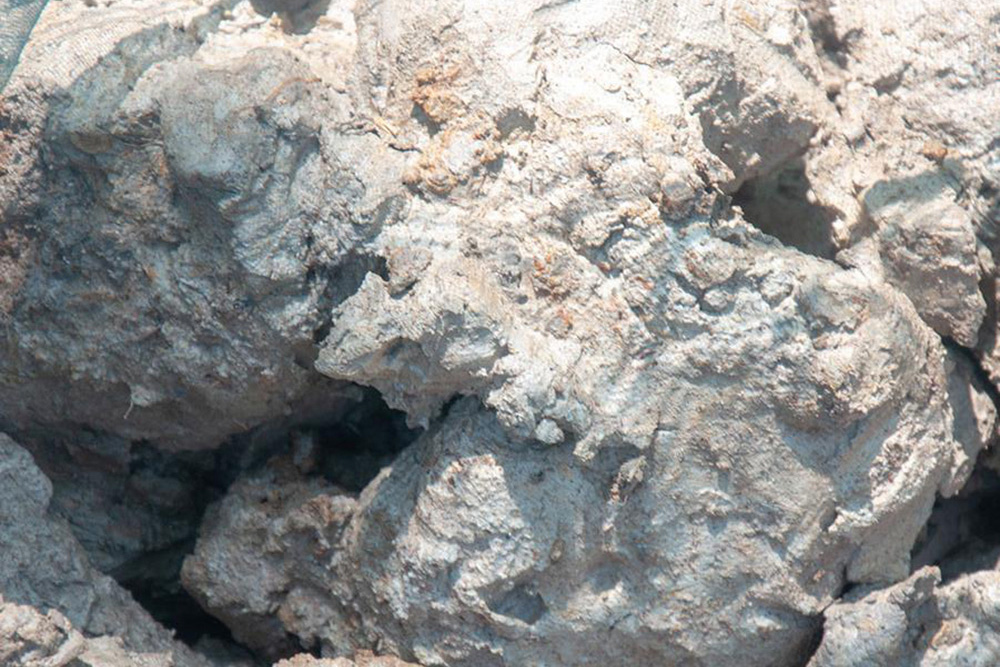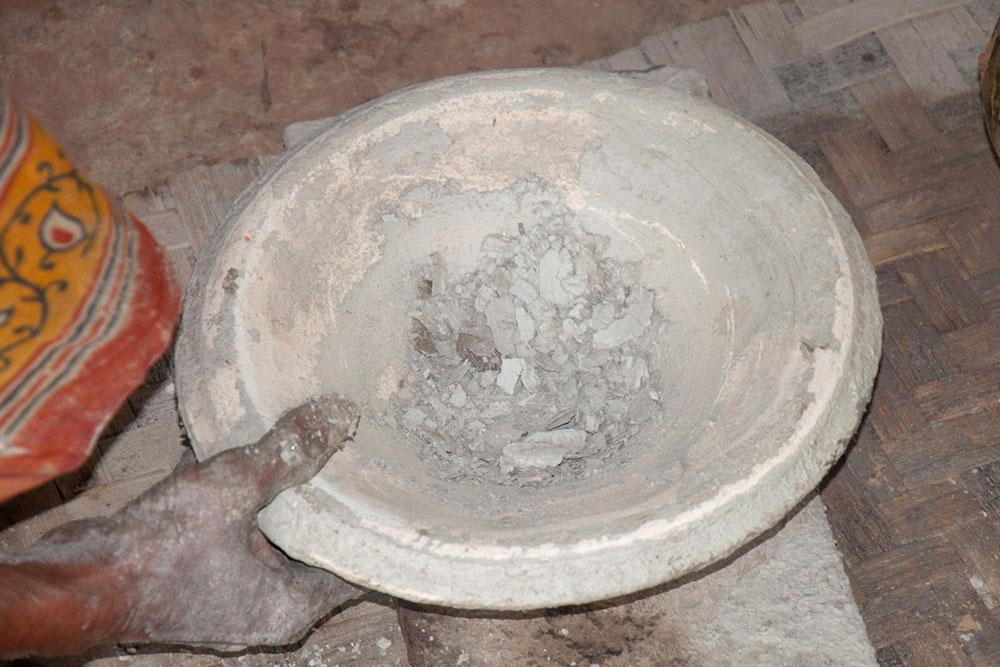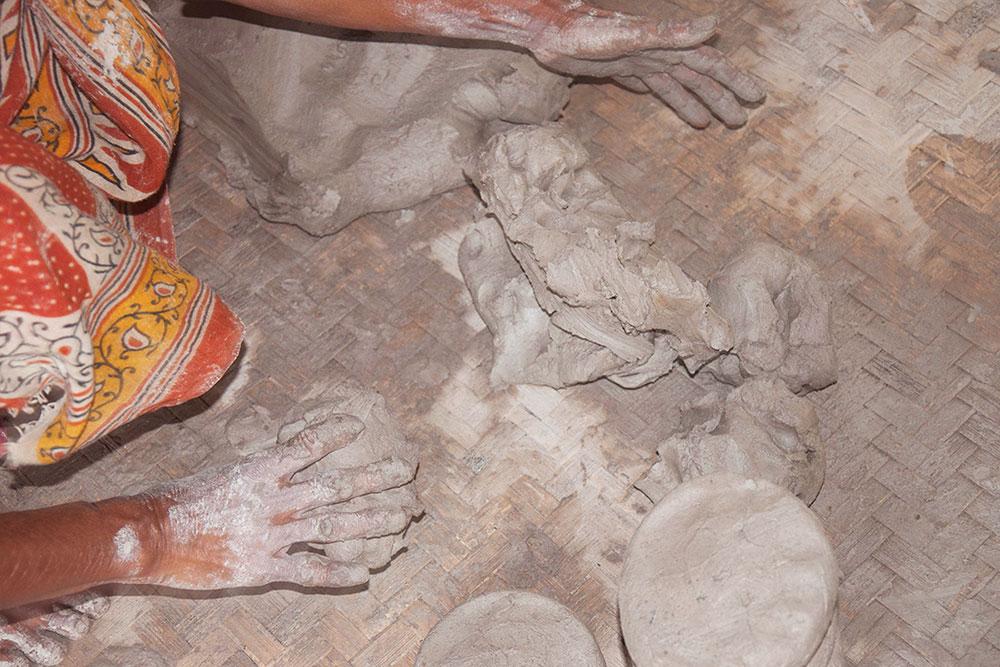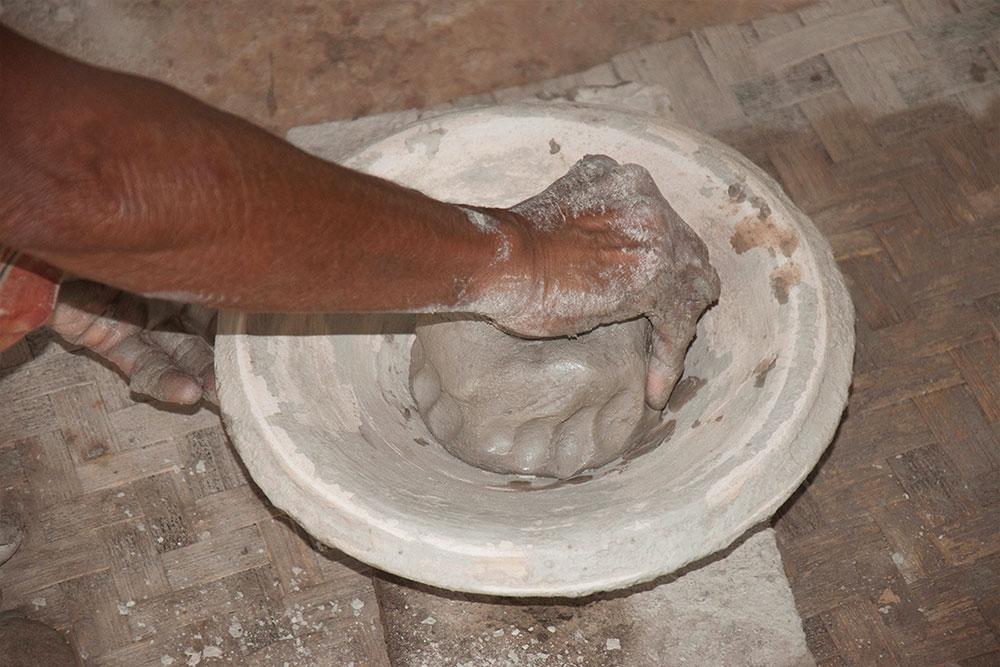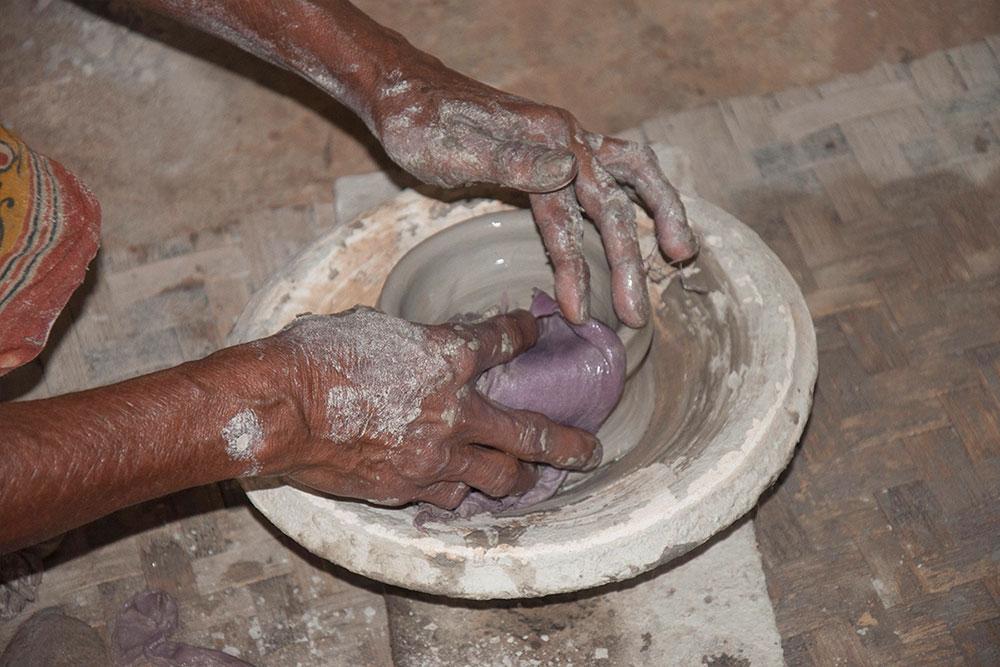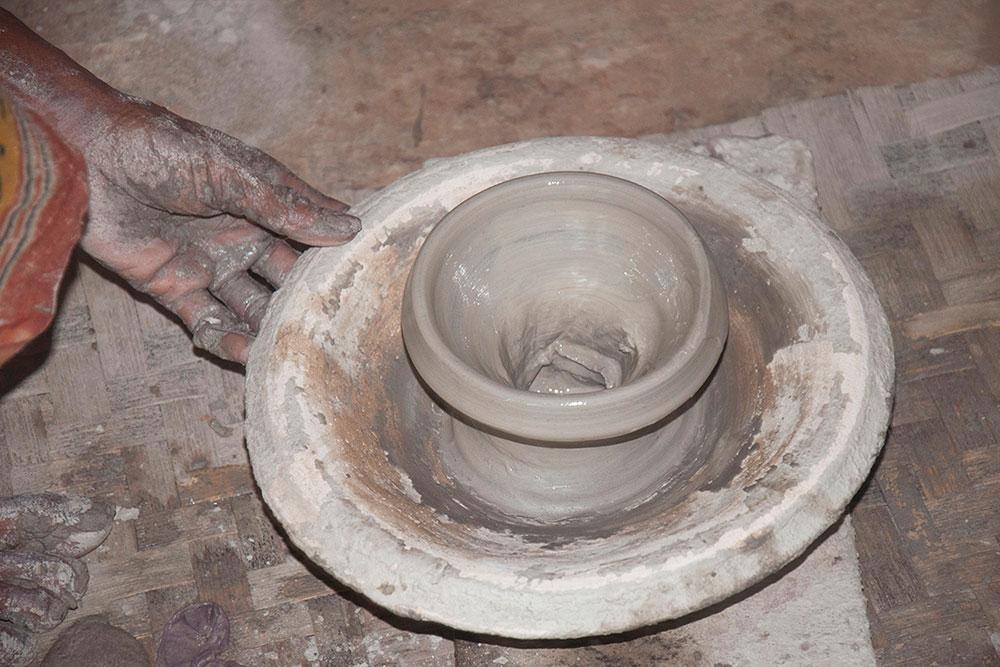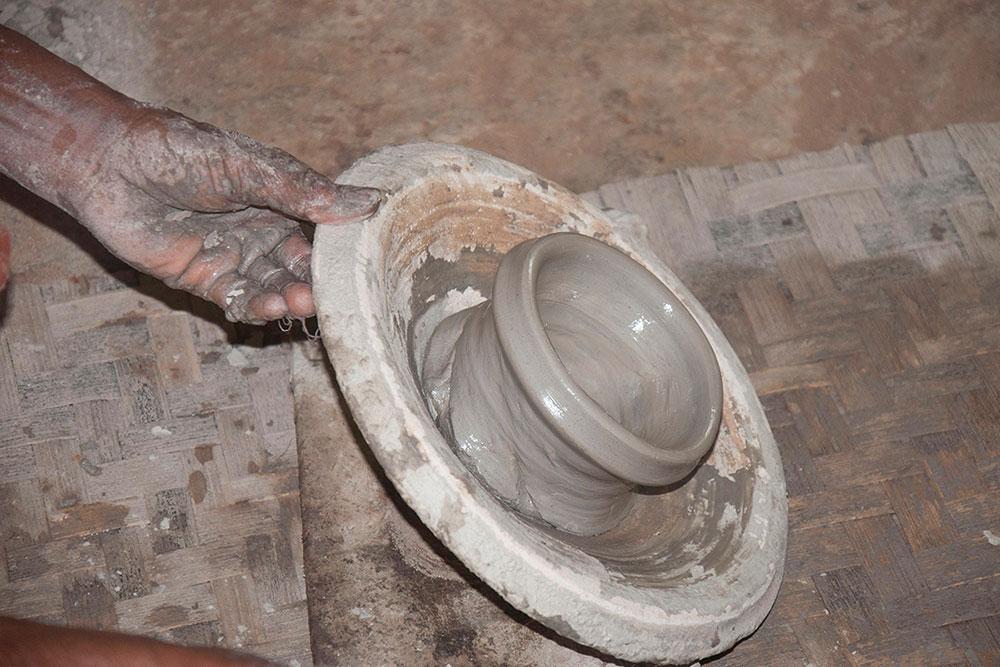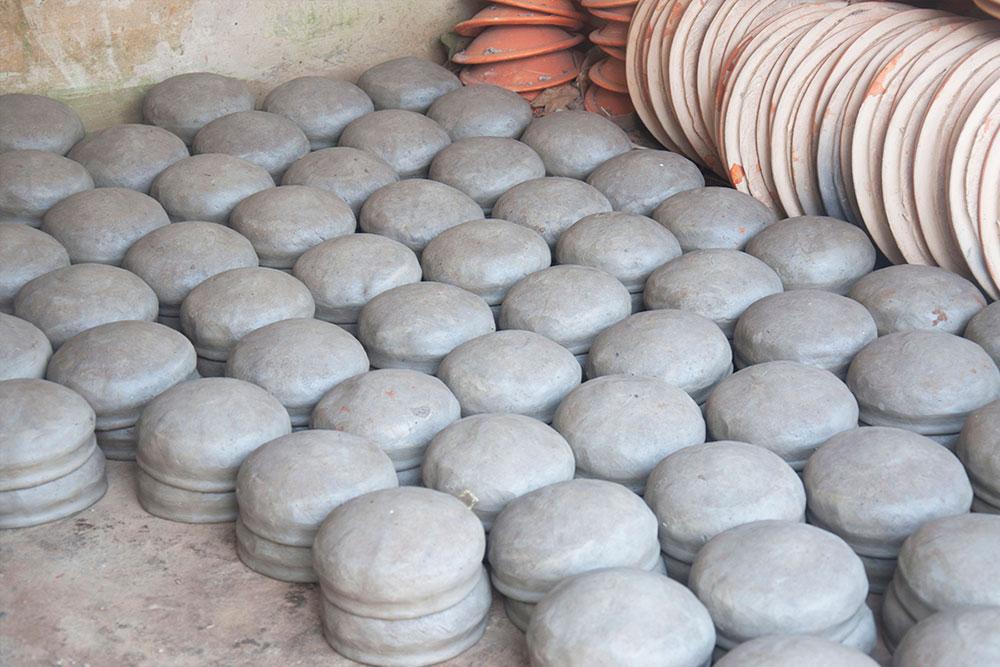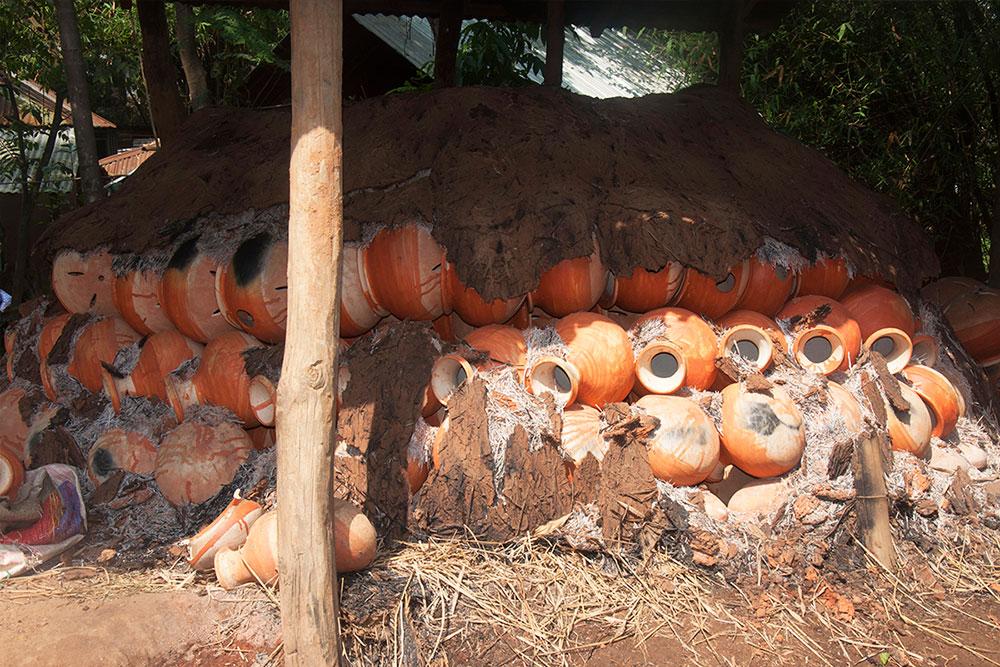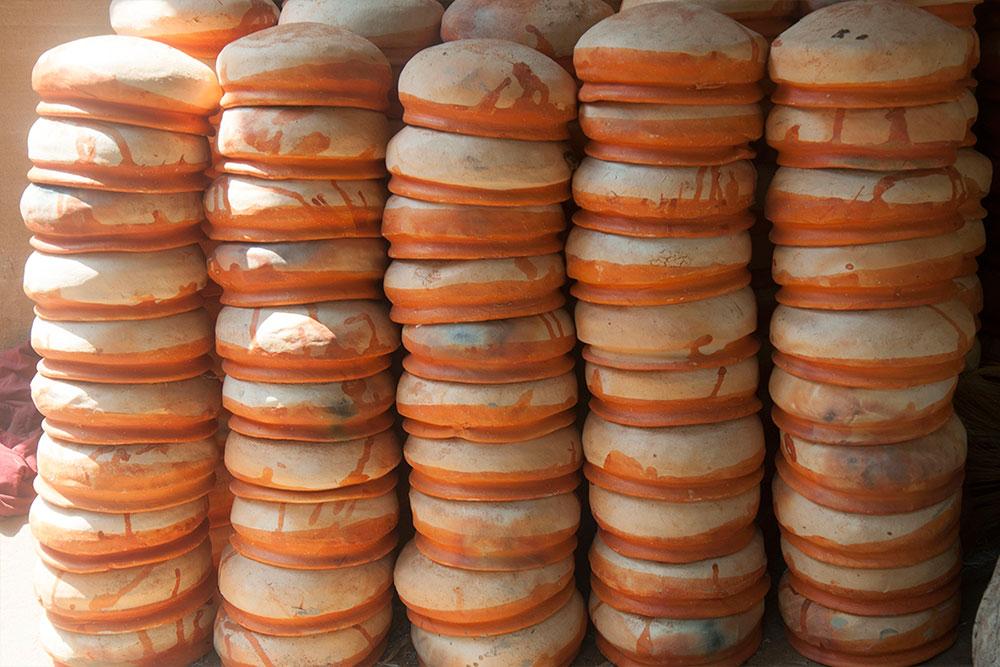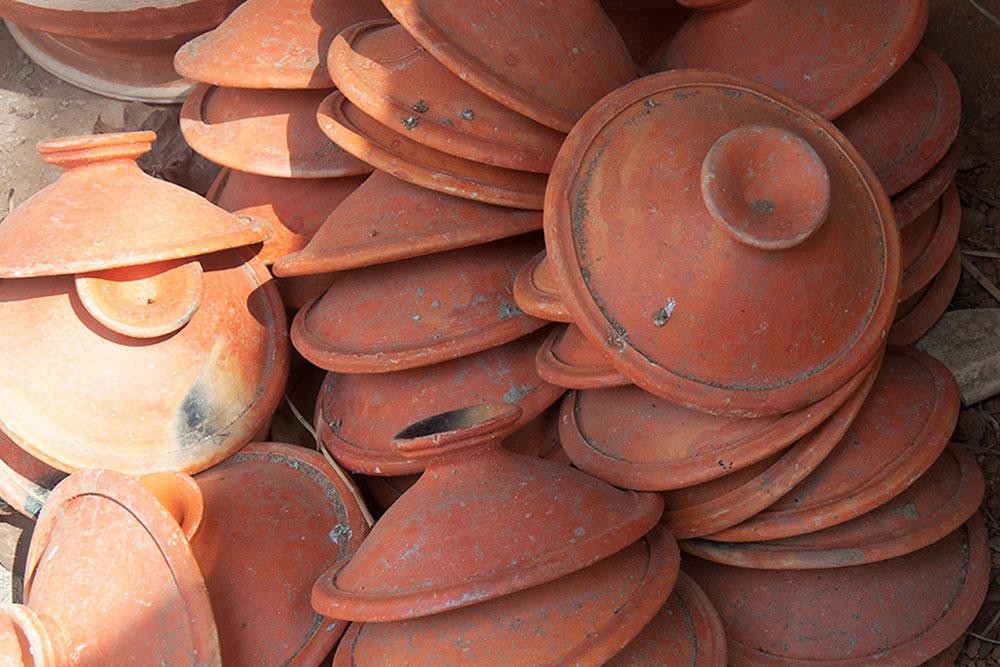Traditional Pottery Making - Agartala, Tripura
Tripura is the third-smallest state in the country, located in Northeast India. Agartala, the capital of Tripura, is also the second-largest city in northeast India after Guwahati. It is one of the fastest developing cities in India. The handicrafts of Tripura are unique and attractive. The artisan could produce extraordinary crafts from simple materials like clay, bamboo, and wood.
One of the oldest handicrafts of India is Pottery. In the early days, clay pots, bowls, and large shells were hand-built using a simple coiling technique. Potter’s wheel was invented later. People master here some of the traditional products like pots on manual potter wheels. Pottery is made by forming a ceramic body into objects of a required shape and heating them to high temperatures in a kiln. Mostly clay articles are produced for ritual purposes. Terracotta toys, pottery, vessels for storing water and food are also made.
For more details:
http://www.dsource.in/resource/traditional-pottery-making-agartala-tripura












